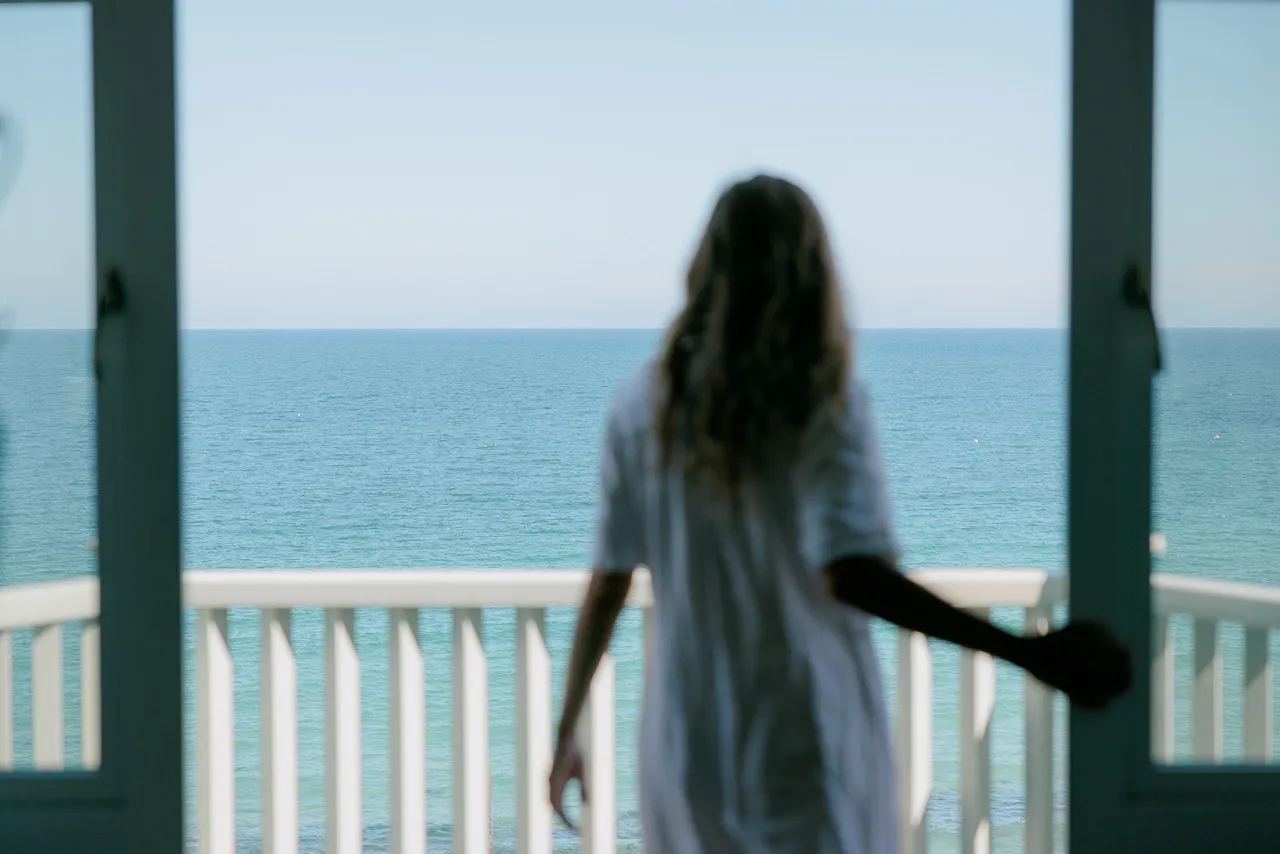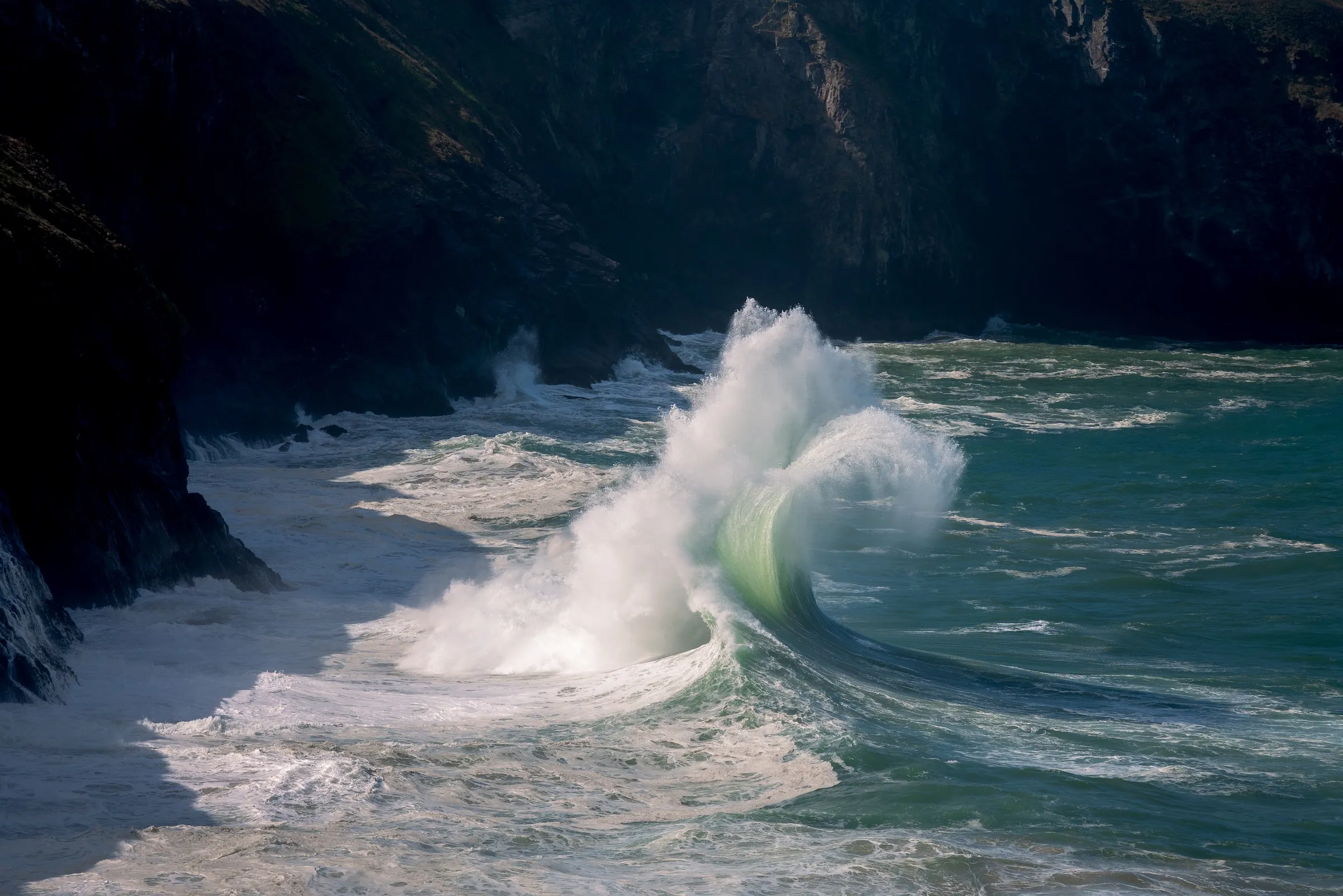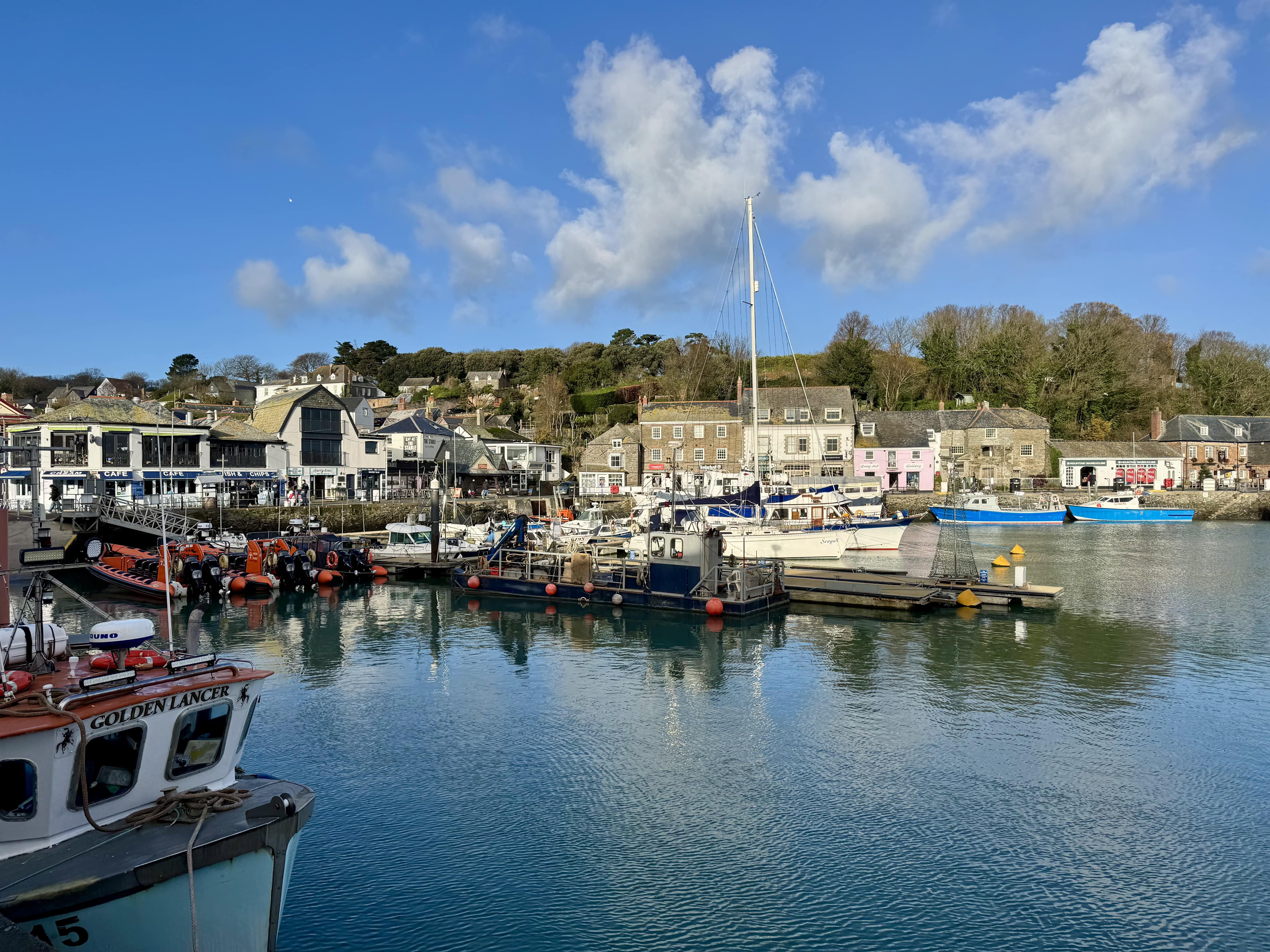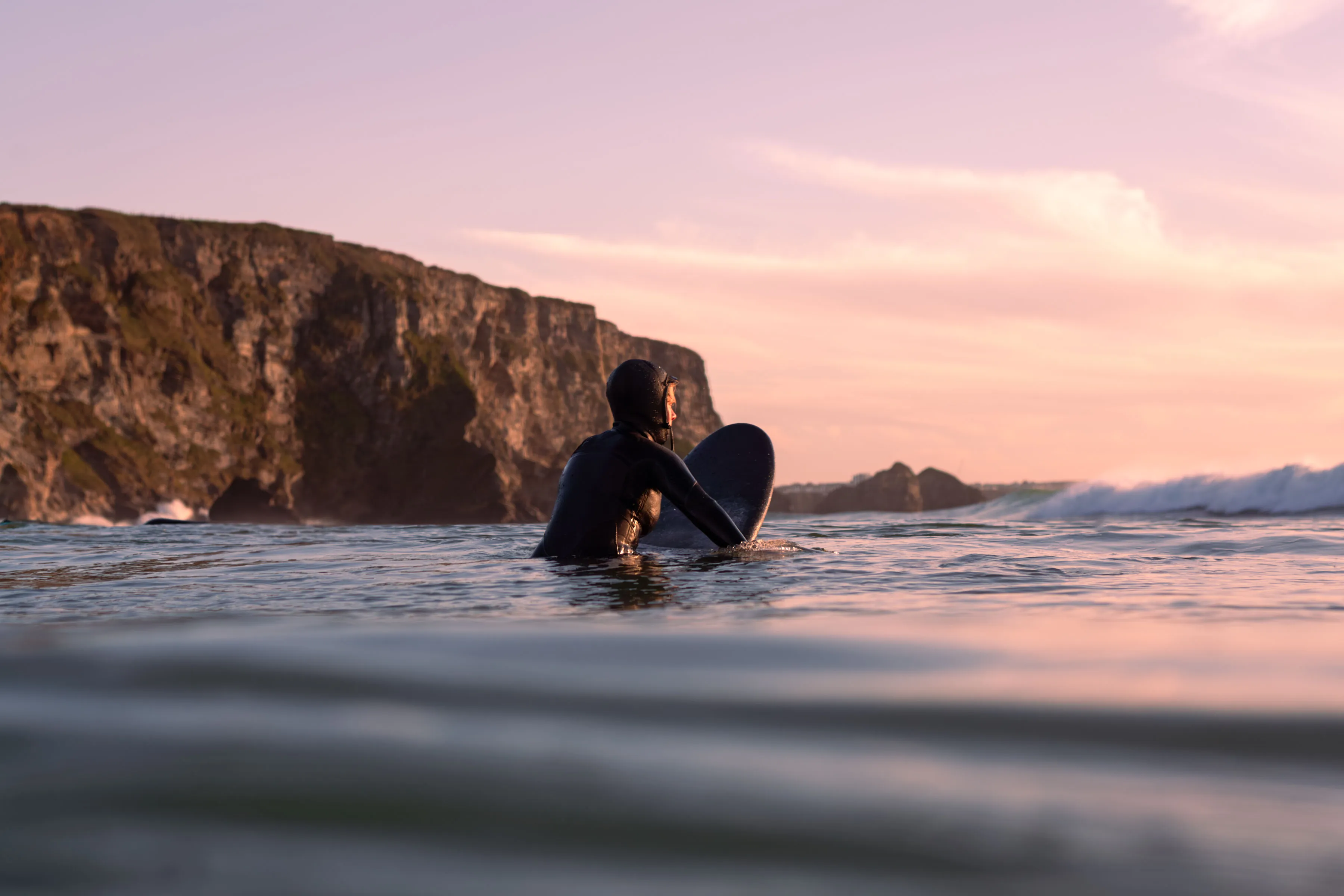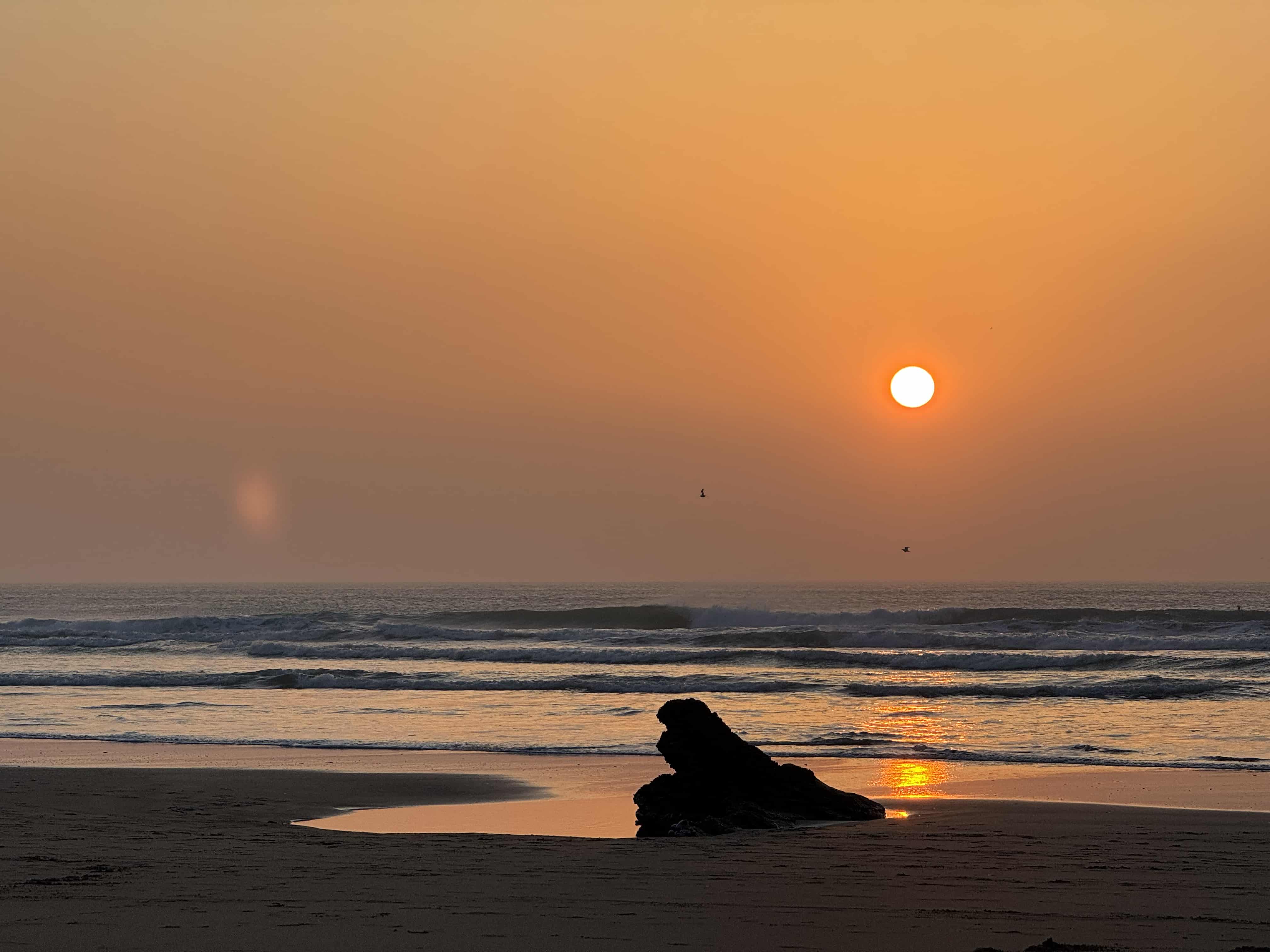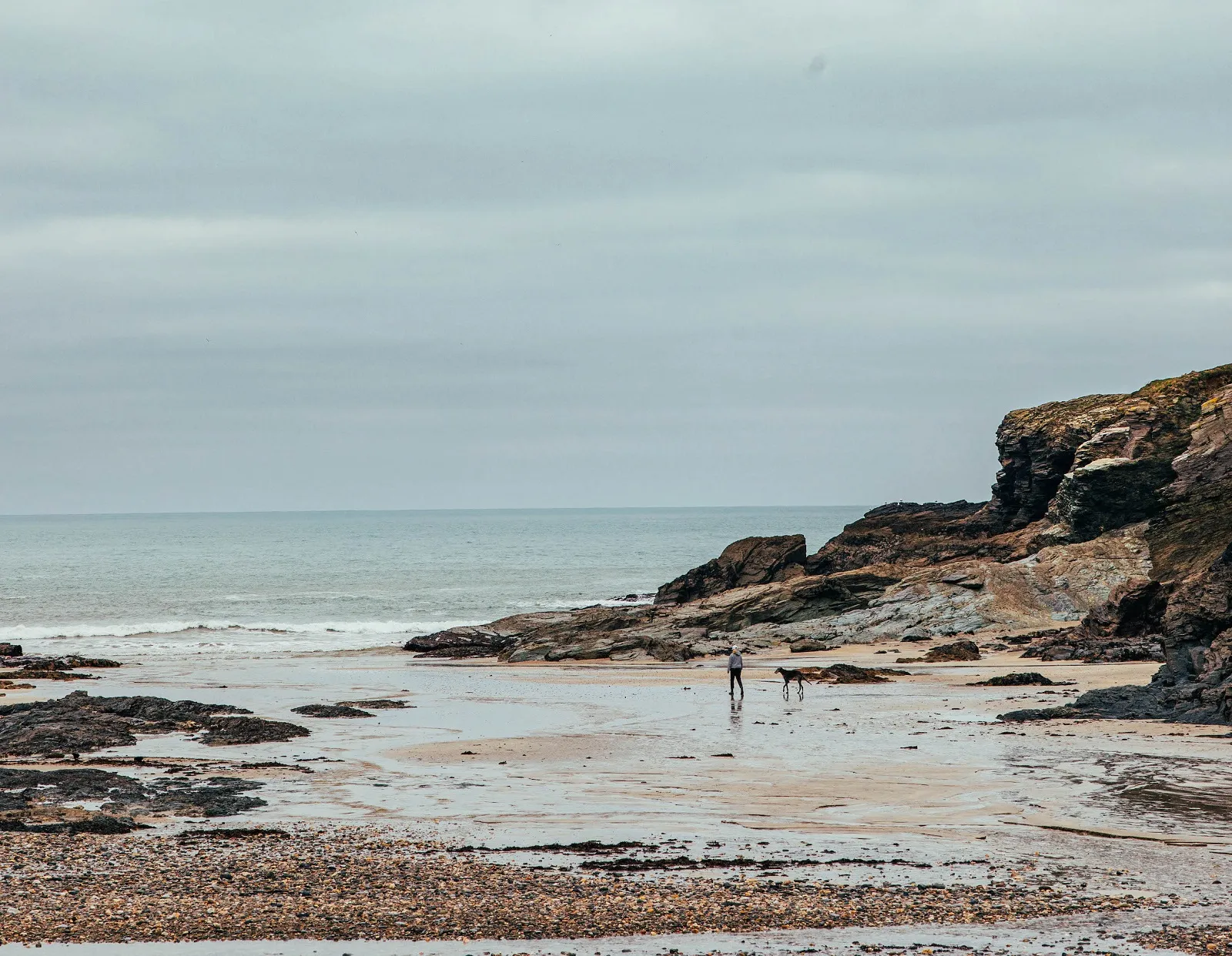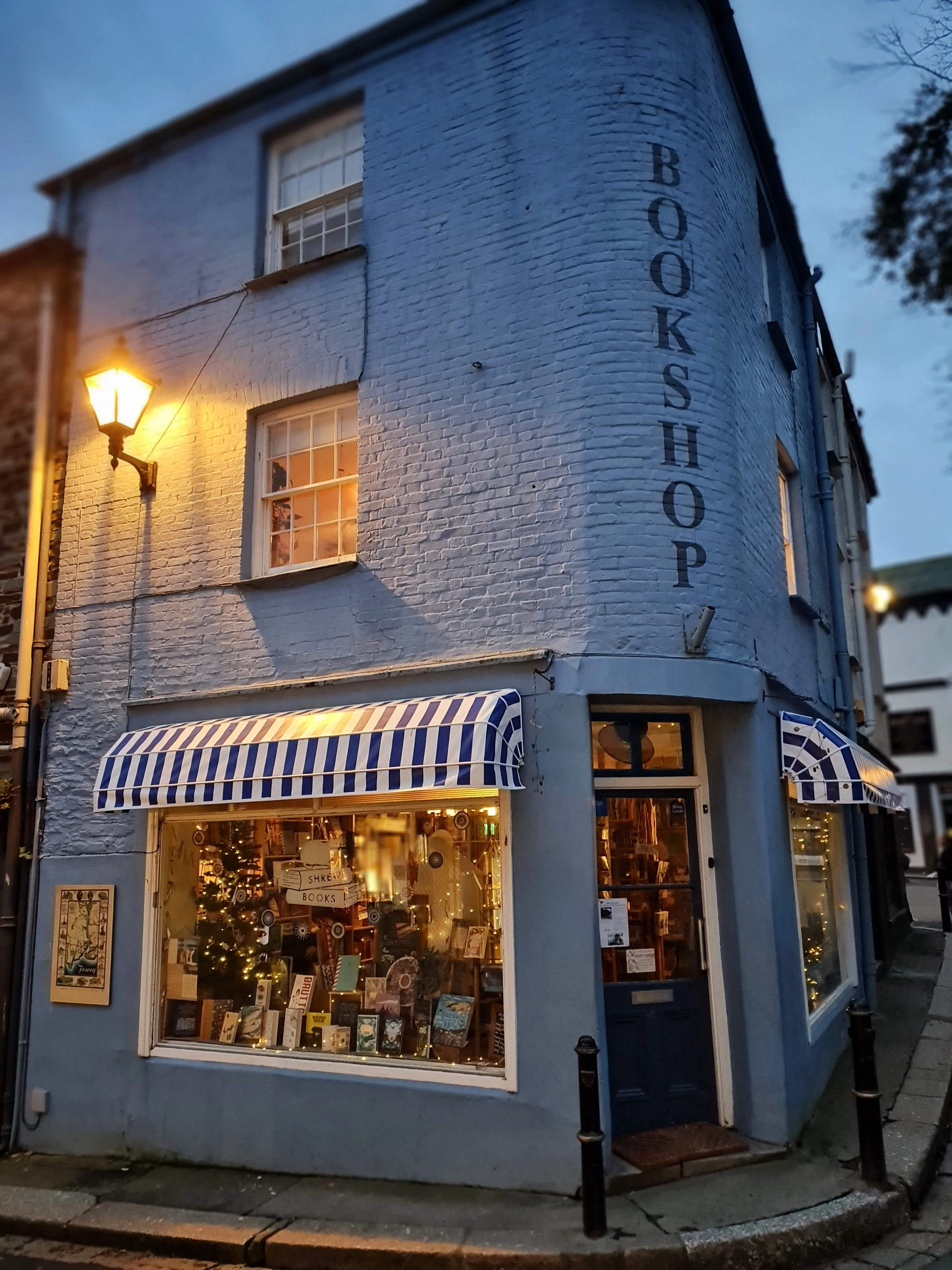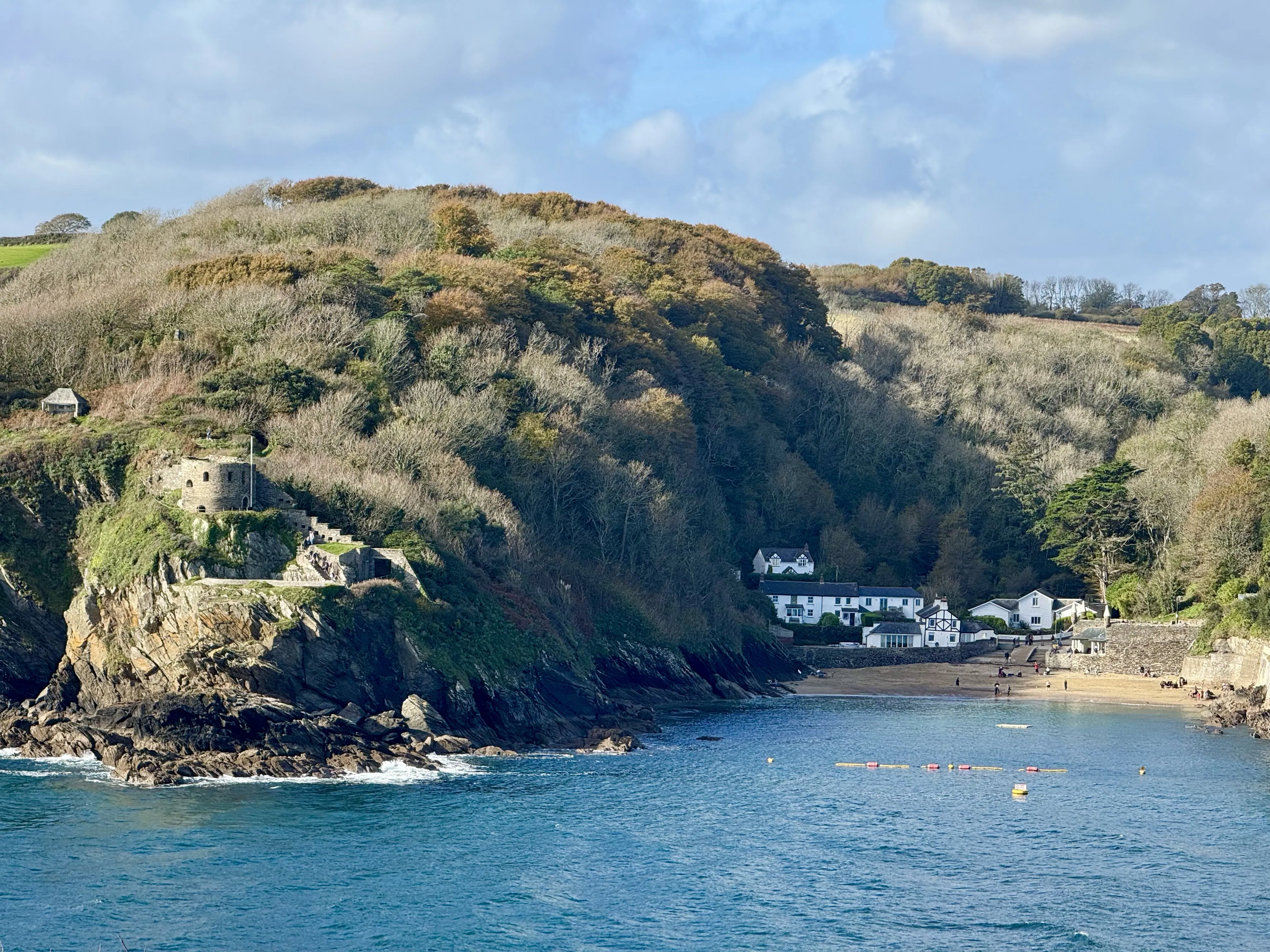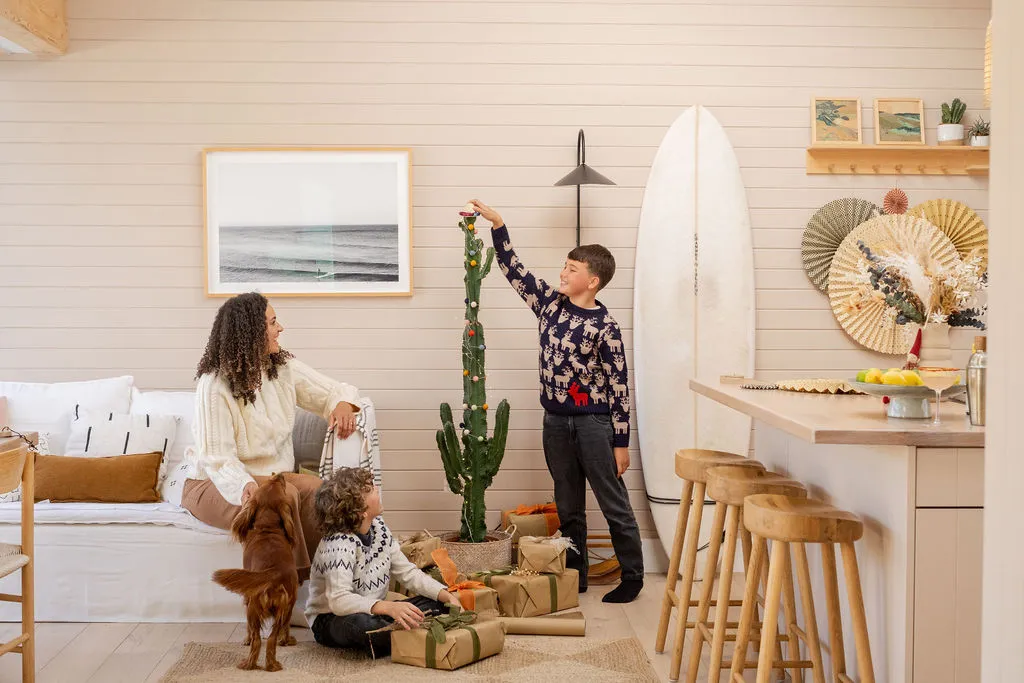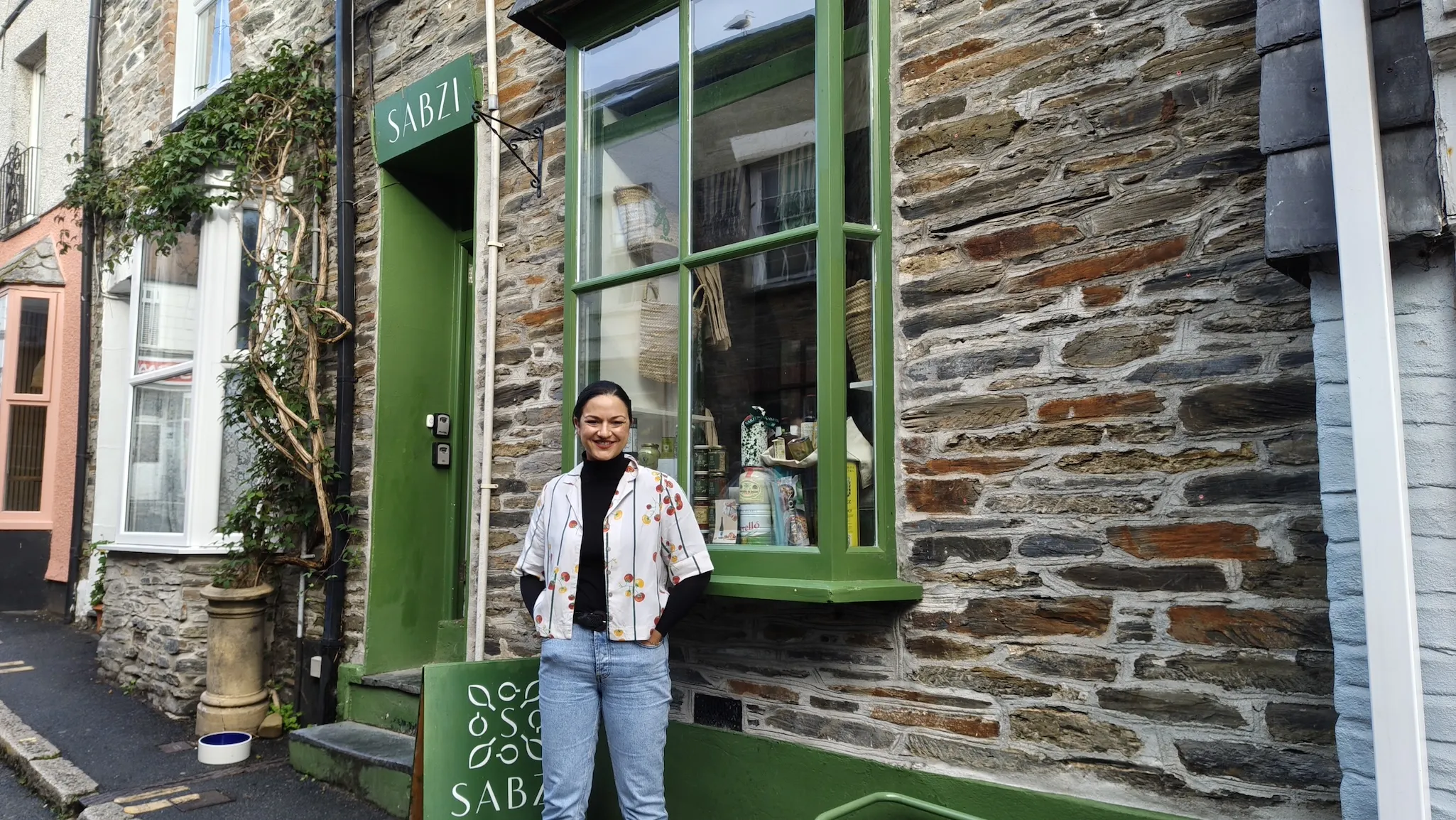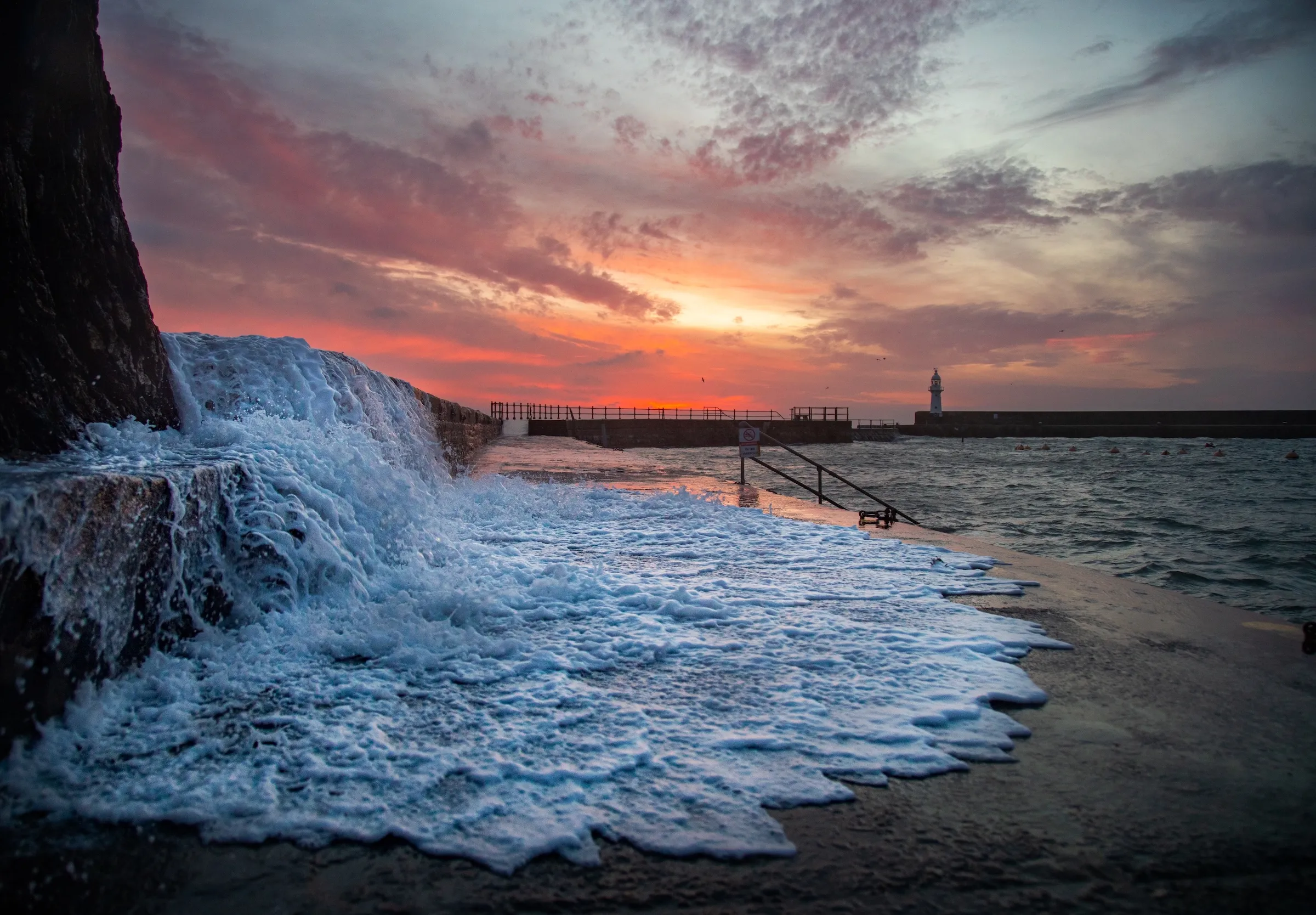The beach book
Dip into our blog for tales of sea-salted days and shoreside stays. Read our musings on life by the Cornish shoreline, from the best beaches and coastal goings on to supper spots and seasonal inspiration.
Home / Blog
Dip into our blog for tales of sea-salted days and shoreside stays. Read our musings on life by the Cornish shoreline, from the best beaches and coastal goings on to supper spots and seasonal inspiration.
